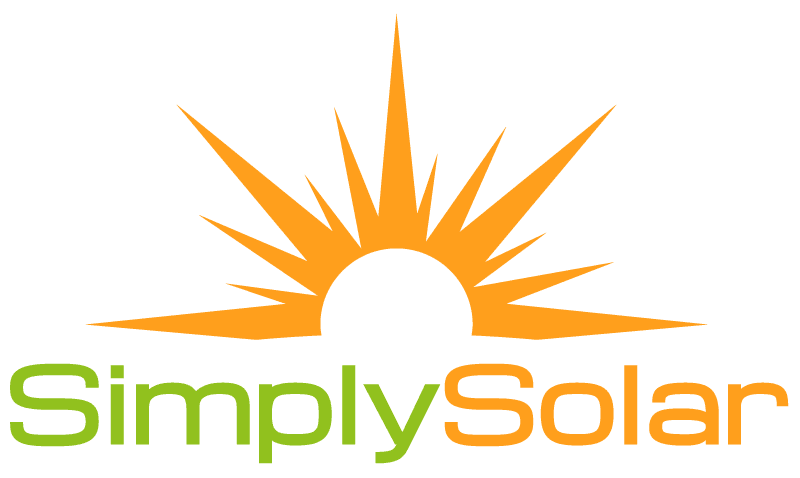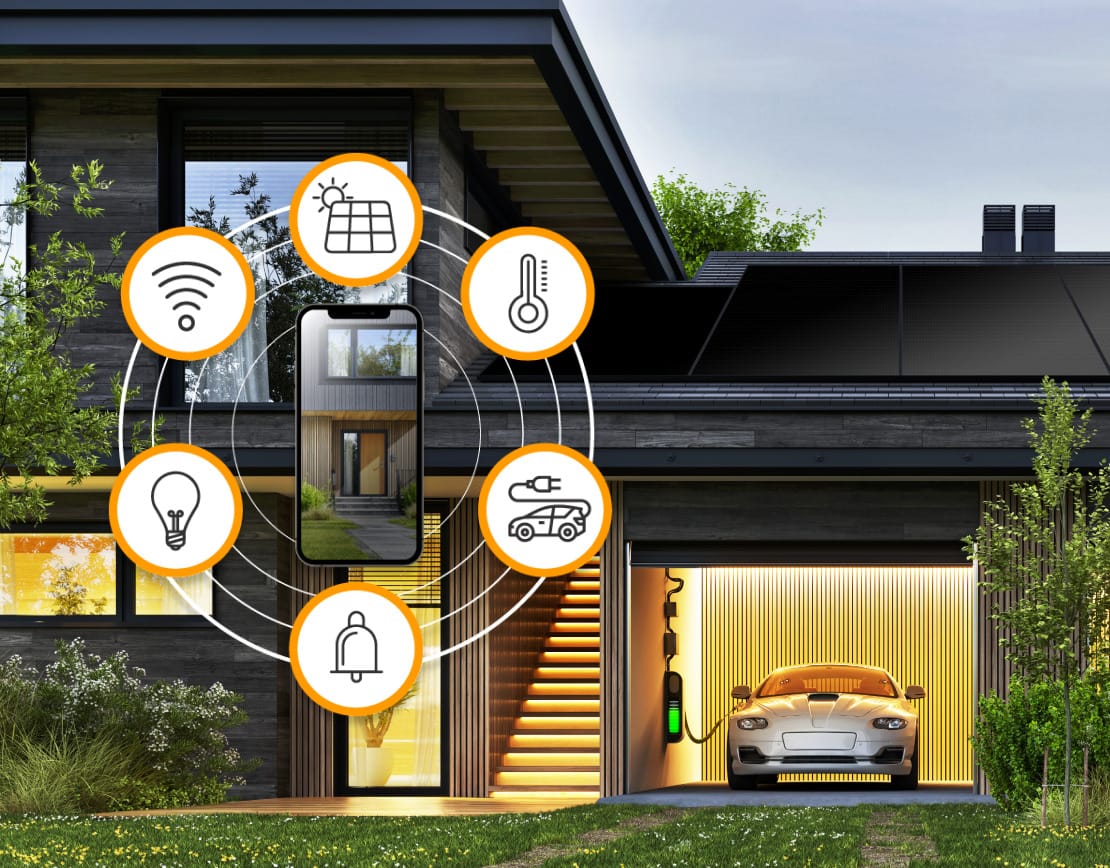Without solar, the cost of electricity in California can be quite high, typically about 26% higher than the national average. Adding a solar system is a quick and easy way to reduce those costs, although recent decisions by the California Public Utilities Commission have impacted the benefits of solar, both for single-family homes with the NEM-3 decision, and now to multi-meter properties like schools, farms, and apartment complexes with the most recent proposal.
The Proposed Changes to VNEM & NEMA
The CPUC’s proposal affects two programs that determine how multi-meter properties can use the energy provided by a shared solar installation. The proposal applies to the Virtual Net Energy Metering and Net Energy Metering Aggregation programs.
Under the original proposal, when a shared solar system was installed at a multi-meter property, like an apartment complex or an industrial park, each consumer would pay full retail rates for the electricity they use, even if the power they used came directly from the solar system. With no net-metering credits for either the individual consumers or for meters that serve common areas like hallways or parking lots, there is little financial incentive to install solar under this proposal.
Essentially, all the solar system is doing in this situation is reducing load on the utility grid itself. When neither the property owner nor the tenant sees a direct benefit to installing solar, it will be unlikely to happen.
The Revised Proposal
Under the revised proposal, which passed on November 16, 2023, the tenants in multi-meter properties will see discounted electricity rates when the power they use is sourced directly from the solar system, with retail rates applying when power is purchased from the unity grid.
The net-metering credits will not apply to meters that serve common areas, however. Reducing the costs for common areas and shared facilities like hallways, parking lots, laundry facilities, gyms, and EV chargers is one of the major incentives that property owners have for installing a shared solar system in the first place.
Under the revised proposal, it will be up to the tenants to lobby the property owner for a shared solar installation, as they will be the ones who benefit from the lower electricity prices it can provide. Property owners will have to pay full retail electricity rates for shared facilities. This can discourage the installation of not only shared solar systems but also energy-hungry EV chargers for the residents, slowing the roll-out of EV charging stations just as demand is starting to grow dramatically.
The Goal of the CPUC
Like the transition to the NEM-3 program for single-family homes, the end goal of this proposal, according to the CPUC, is to increase the export of energy to the utility grid when demand is at its highest, such as during the evening hours. Under the NEM-3 program, net metering credits are greatly reduced to encourage the use of battery storage systems that can export energy when needed.
Solar & Battery Storage Solutions
If you're looking to install a solar energy system at your home in California, talk to our team at Simply Solar. We offer residential solar installations and battery storage solutions throughout the Bay Area, Napa Valley, Sonoma Valley, and Fresno. Our solar systems feature a 25-year workmanship warranty, and our team is made up of qualified installers, not subcontractors. We will design a solar system that is tailored to your needs, and we will install it properly for excellent long-term performance.
Call us today at (707) 285-7037 to request a quote for a residential solar installation anywhere in the Bay Area.



